Books
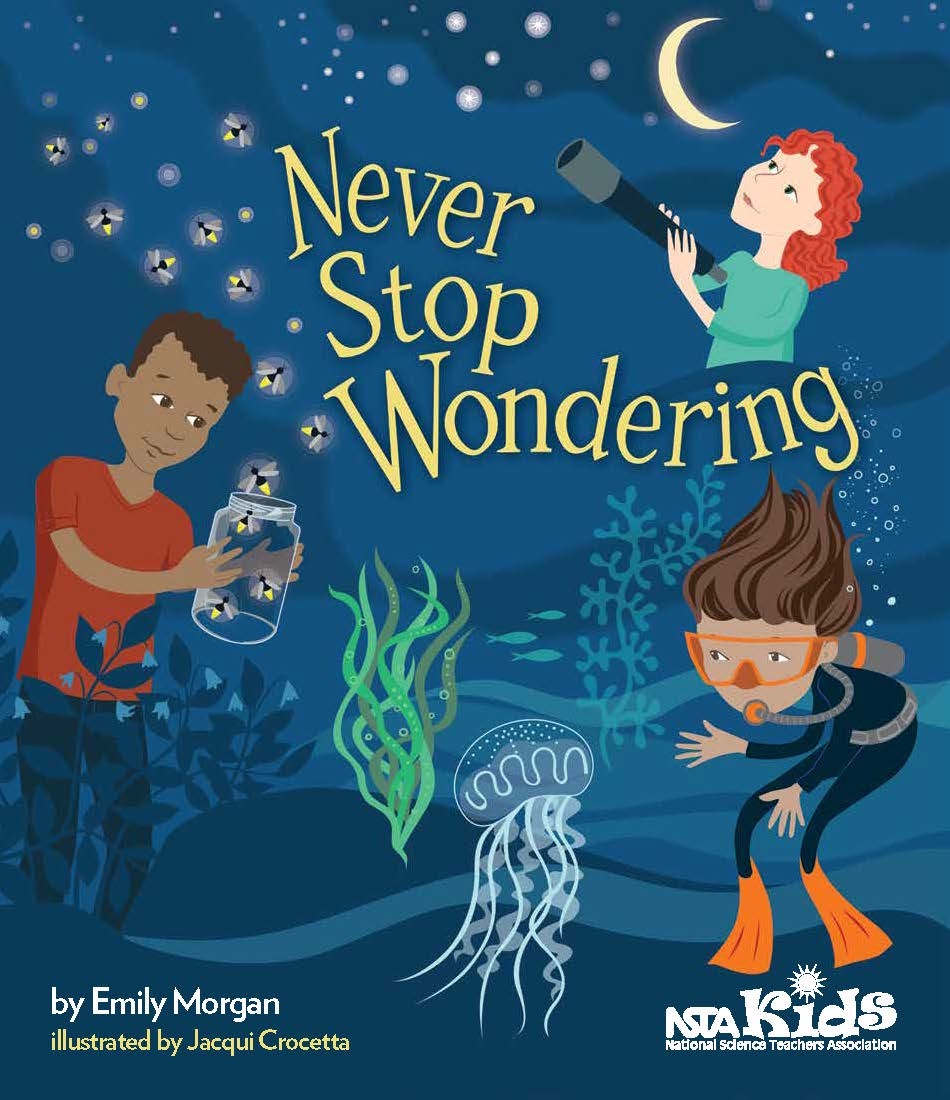
Never Stop Wondering
This colorful book celebrates our sense of wonder and shows how curiosity is key to cracking the mysteries of the universe. Packed with lively rhymes and fun illustrations, Never Stop Wondering demonstrates how the need to know can lead to great scientific discoveries. And the activities at the end of the book will prompt readers to do exactly what scientists do: study their surroundings, come up with questions, test ideas, and then question some more. Ready, set, wonder!
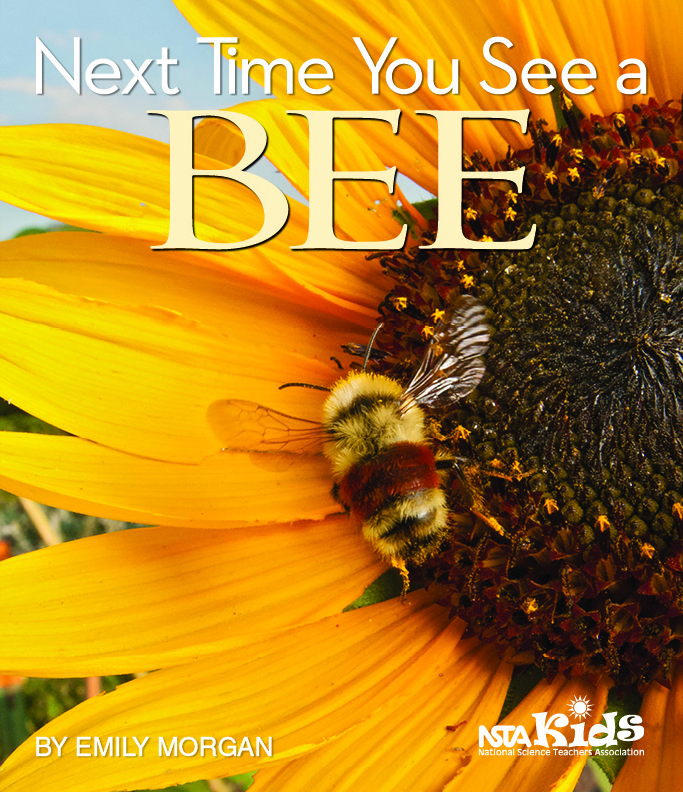
Next Time You See a Bee
This book will get young readers buzzing about bees! Next Time You See a Bee reveals the big impact these little insects have on the world. It shows how the physical features of bees make them pros at collecting and spreading pollen. It explains how bees pollinate flowers, allowing the plants to produce delicious foods such as apples, almonds, and peaches. It also introduces readers to the wide variety of North America’s native bee species, discusses why bees are threatened, and shares what readers can do to help.
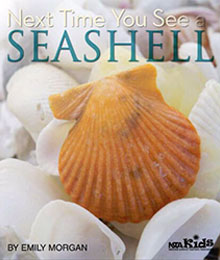
Next Time You See a Seashell
This book tells the amazing story behind seashells: how they are made by mollusks, used for protection and camouflage, and full of clues about all they’ve been through. Inspired by Next Time You See a Seashell, young readers will find these intricate objects even more fascinating when they discover their origins in slimy, snaily creatures.

Next Time You See a Sunset
Next time you see a sunset, stop and sit down for awhile.” This book’s tempting opening line invites children and adults to take in a daily phenomenon with fresh eyes. By reading Next Time You See a Sunset together, you can learn to appreciate the spinning of Earth, the progress of day into night, and the reasons for the spectacular colors and shadows that accompany sunrise and sunset.
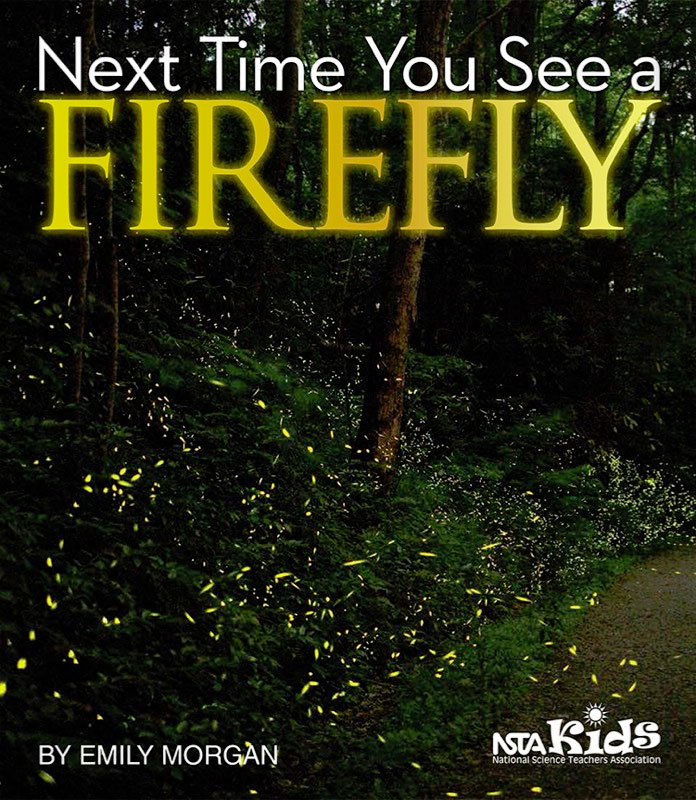
Next Time You See a Firefly
Every summer children enjoy watching fireflies twinkling in the twilight, but after reading this book, they’ll see the insects with new eyes. Share Next Time You See a Firefly with a child. Discover why fireflies flash and how they live secret lives underground before coming out to fill the evening with their glimmers of light. Together you’ll also realize that if you catch fireflies, you must let them go: Fireflies have a lot to do!
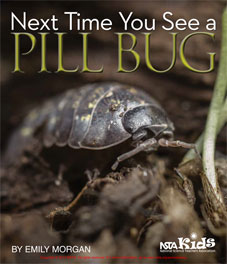
Next Time You See a Pill Bug
Chances are that just under a nearby rock, you’ll spot a roly-poly pill bug. Encourage a child to take a close look, and introduce a fascinating creature. Gently pick it up and watch as it rolls into a ball and unrolls to take a walk. This cousin to lobsters and crabs sheds its crusty skin and will tickle your hand with its 14 (count ’em!) wiggly legs.
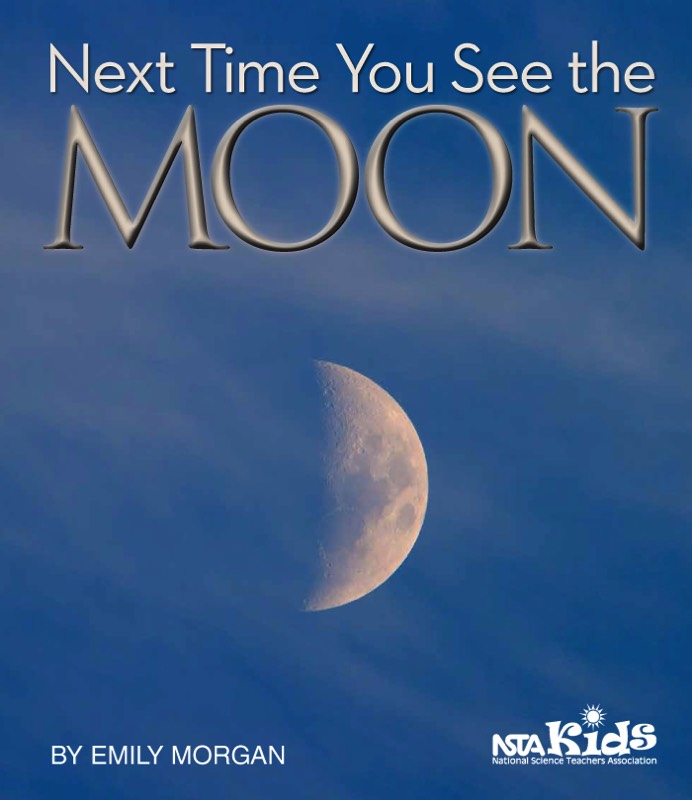
Next Time You See the Moon
This fascinating book will stay with children every time they gaze up at the night sky. Through vivid pictures and engaging explanations, children will learn about many of the Moon’s mysteries: what makes it look like a silvery crescent one time and a chalk-white ball a few nights later, why it sometimes appears in the daytime, where it gets its light, and how scientists can predict its shape on your birthday a thousand years from now. Next Time You See the Moon is an ideal way to explain the science behind the shape of the Moon and bring about an evening outing no child—or grown-up—will soon forget.
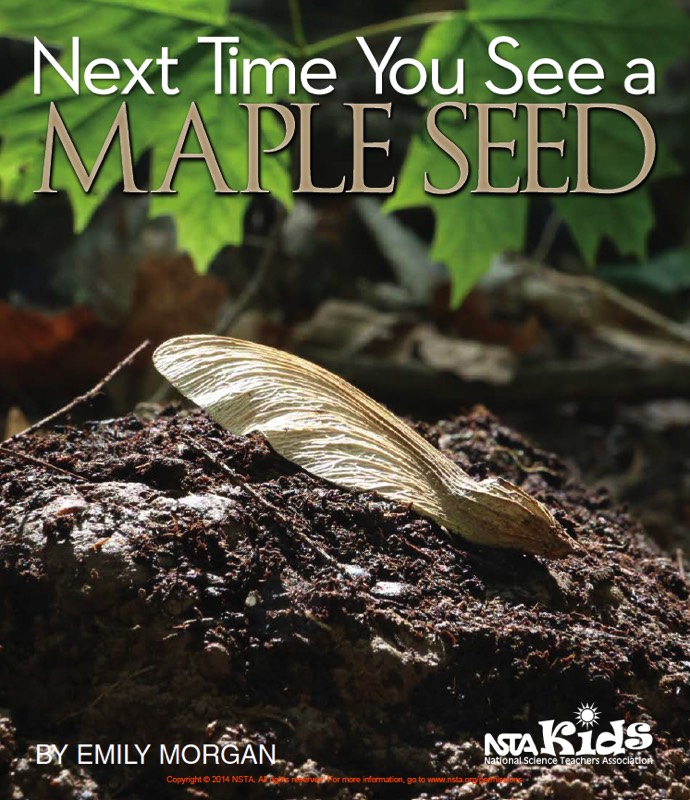
Next Time You See a Maple Seed
It’s fun to toss maple seeds up in the air and watch them spin down to the ground like nature’s own helicopters. This book prompts inquisitive kids to learn about these marvels of aerial engineering, including their real name (no, not whirlybird), the work they do for maple trees, and how to uncover the little trees waiting to sprout from the seeds. Next Time You See a Maple Seed is a mini class in how tall trees grow from these tiny, twirling winged fruits.

Next Time You See aCloud
Lorem Ipsum is simply dummy text of the printing and typesetting industry. Lorem Ipsum has been the industry’s standard dummy text ever since the 1500s, when an unknown printer took a galley of type and scrambled it to make a type specimen book.
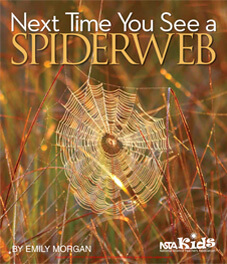
Next time you see a Spiderweb
Lorem Ipsum is simply dummy text of the printing and typesetting industry. Lorem Ipsum has been the industry’s standard dummy text ever since the 1500s, when an unknown printer took a galley of type and scrambled it to make a type specimen book.

